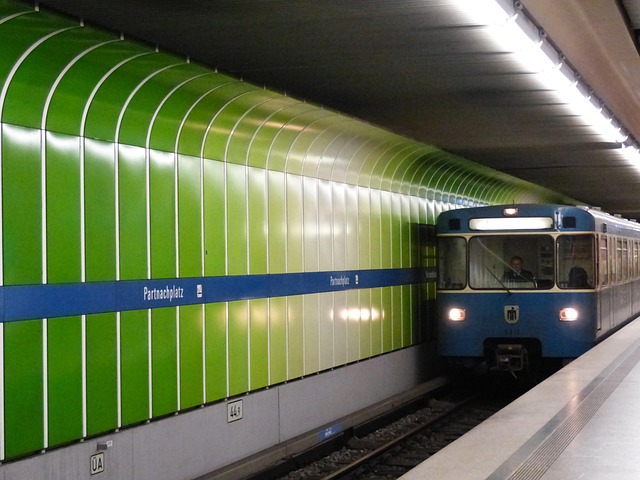In the quest for sustainable development, cities around the globe are embracing the concept of rapid transit as a transformative force for mobility. This approach not only addresses the pressing issue of urban congestion but also significantly reduces our ecological footprint. With the call for carbon neutrality becoming more urgent, rapid transit emerges as an essential solution, enabling communities to thrive while minimizing environmental impact.
Imagine stepping onto a sleek, high-speed train that whisks you away to your destination in mere minutes, all while knowing that your commute is contributing to a greener planet. This is the promise of rapid transit systems, which combine efficiency with green technologies. With innovations such as electric buses, solar-powered trams, and magnetically levitated trains, we can move away from fossil fuels and embrace a future where mobility is both accessible and sustainable.
The integration of rapid transit into our urban landscapes serves as a powerful example of how green technologies can reshape our lives. By investing in infrastructure that supports public transportation, cities can encourage residents to leave their cars behind. This shift not only reduces greenhouse gas emissions but also fosters a sense of community. Streets once dominated by traffic become vibrant public spaces filled with pedestrians, cyclists, and families enjoying the outdoors. The benefits of rapid transit extend beyond environmental concerns; they promote healthier lifestyles and enhanced quality of life.
Moreover, rapid transit systems play a crucial role in mitigating the effects of climate change. As governments and organizations strive toward becoming carbon neutral, the transportation sector must be a primary focus. It is responsible for a significant portion of global carbon emissions. By advocating for and implementing rapid transit, we actively participate in the global movement to combat climate change. Each ride taken on a bike, bus, or train is a step toward preserving the planet for future generations.
Investing in rapid transit infrastructure is not just beneficial for the environment; it also makes economic sense. Cities that prioritize public transportation tend to experience more robust economic growth. With easier access to jobs, education, and services, a diverse range of populations can thrive. This inclusivity contributes to social equity, allowing people from all backgrounds the opportunity to succeed. In essence, rapid transit is not merely a mode of transportation; it is a catalyst for social change.
As we move toward a carbon-neutral future, the importance of rapid transit cannot be overstated. It embodies the ideals of sustainable development by promoting interconnected communities, minimizing ecological footprints, and embracing innovative technologies. Every step we take towards enhancing our public transportation systems is a giant leap toward a more sustainable and equitable world, where mobility supports not only individual freedom but also collective well-being.




